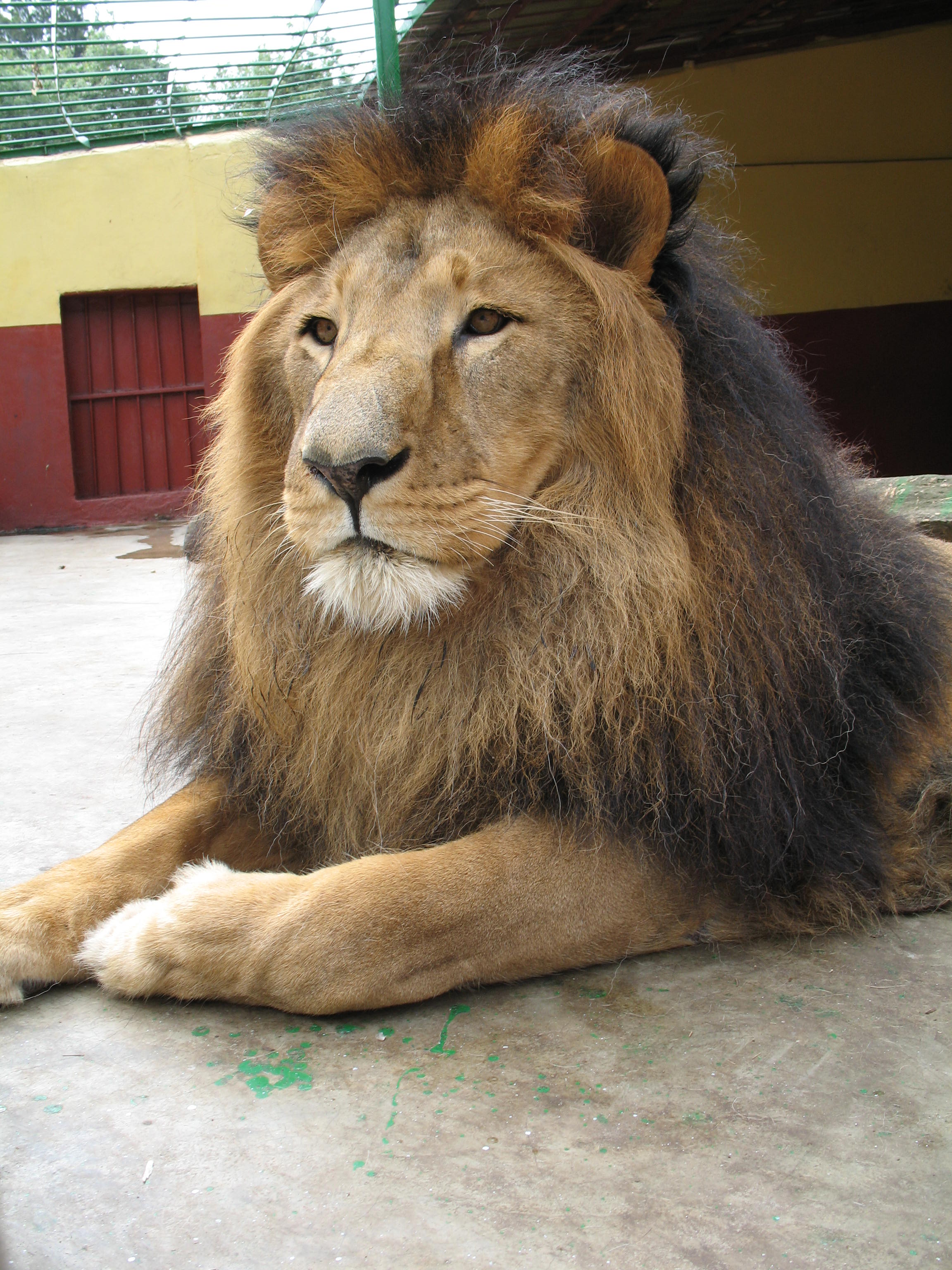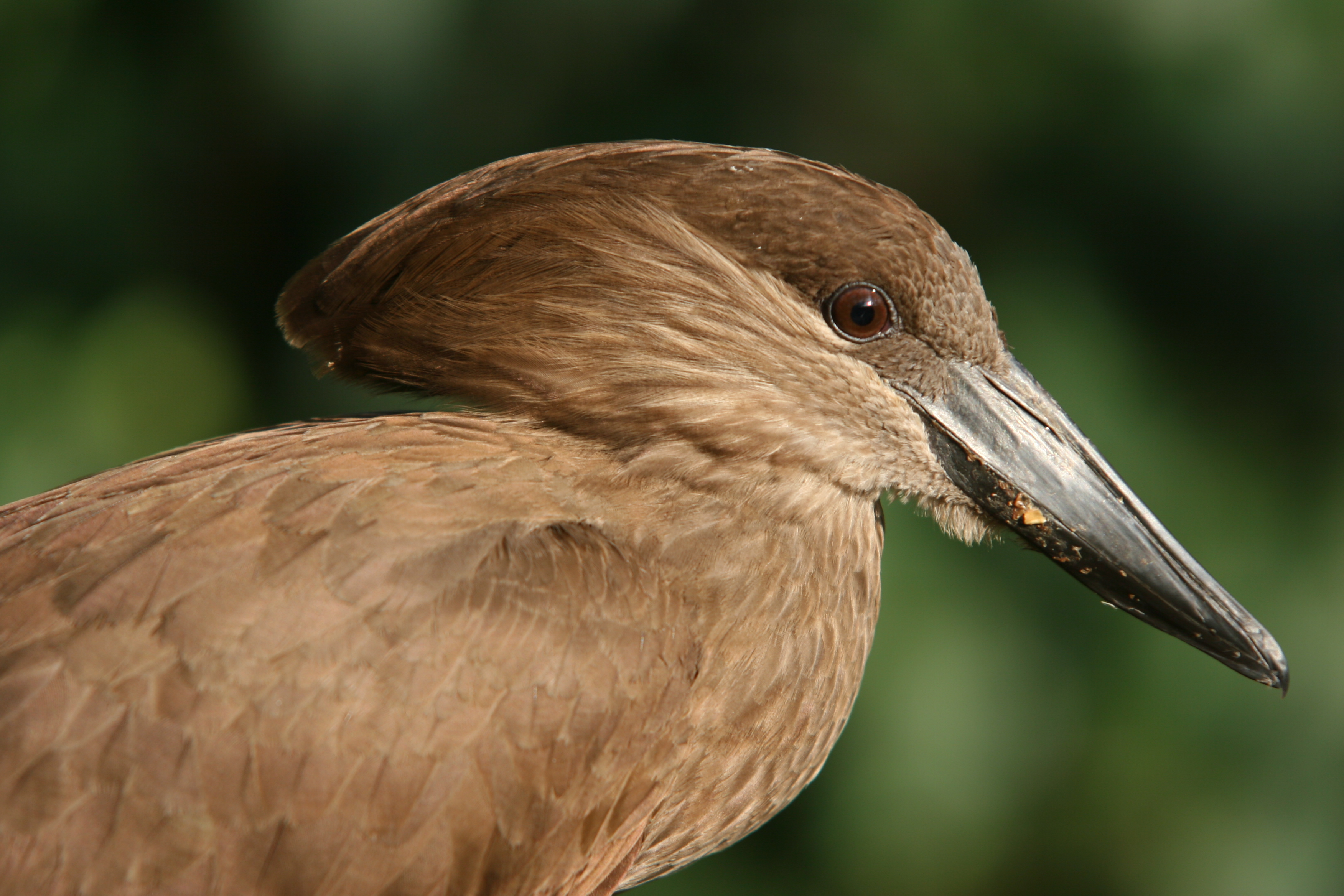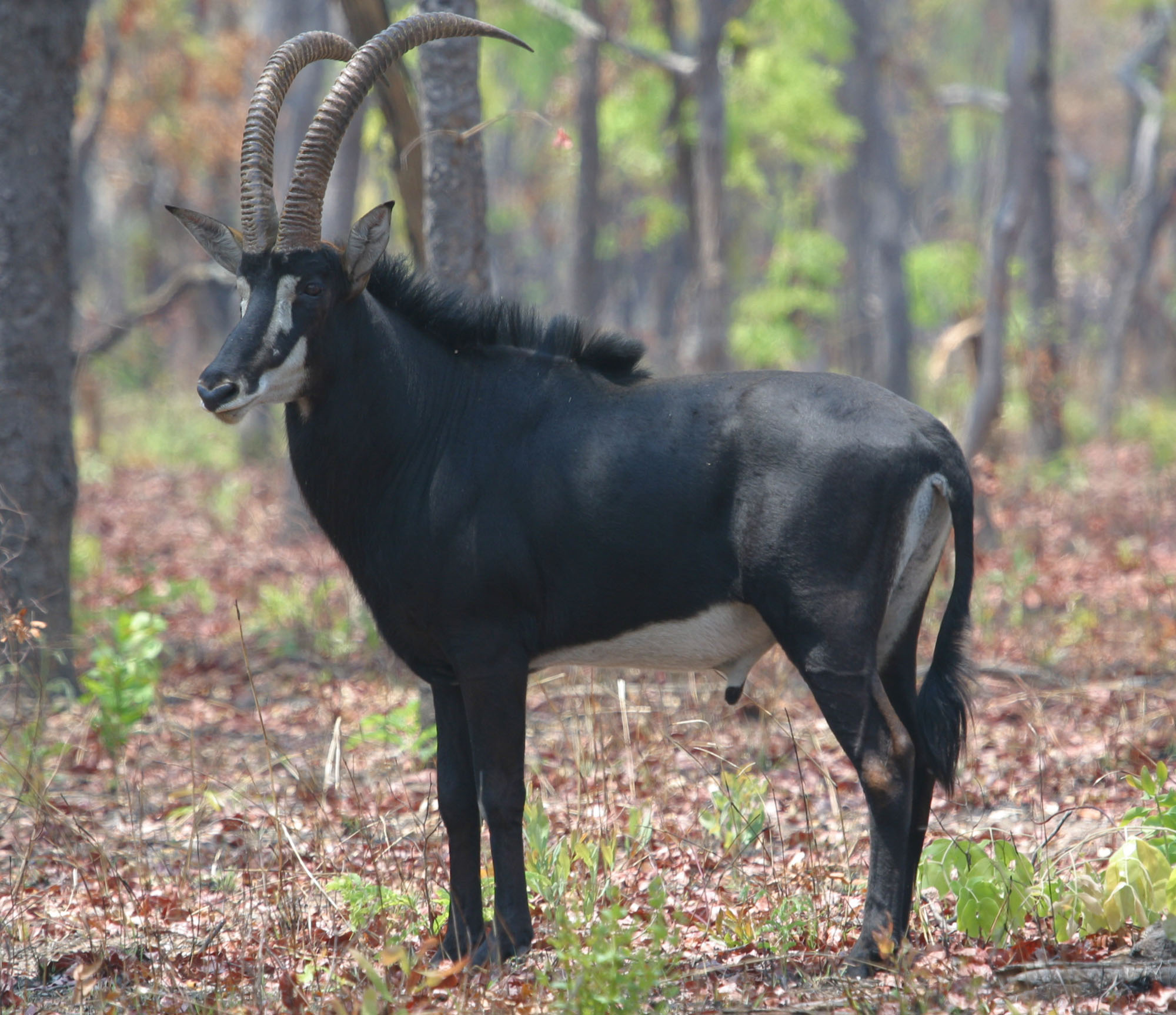|
Khartoum Zoo
The Khartoum Zoo () was a zoological park located in Khartoum, Sudan. History The zoo was founded at the center of Khartoum in 1901 to house animals given to "the Governor General as complimentary presents" and those caught for sale to zoos in Europe and other places. In 1903 it was moved to a spot between the White and Blue Niles. In 1995, the zoo was moved again after the grounds were sold to an investor. After the closure of the zoological gardens, the Corinthia Hotel was built on the site. The Kuku Zoo () was established in Hilat Koko, in Khartoum, in 2009 by the Faculty of Veterinary Medicine and Animal Production of the Sudan University of Science and Technology. Animals The old Khartoum Zoological Gardens kept animals such as lions, elephants, zebras, hippopotamus, tortoises, rhinoceroses, and others. File:Hippopotamus at the Khartoum Zoo, Khartoum, Sudan 17313u original.jpg, Hippopotamus File:Sudan. Khartoum. Khartoum Zoo. A species of Antelope (Addax Nasomaculatus) ... [...More Info...] [...Related Items...] OR: [Wikipedia] [Google] [Baidu] |
Lion
The lion (''Panthera leo'') is a large Felidae, cat of the genus ''Panthera'', native to Sub-Saharan Africa and India. It has a muscular, broad-chested body (biology), body; a short, rounded head; round ears; and a dark, hairy tuft at the tip of its tail. It is sexually dimorphic; adult male lions are larger than females and have a prominent mane. It is a social species, forming groups called prides. A lion's pride consists of a few adult males, related females, and cubs. Groups of female lions usually hunt together, preying mostly on medium-sized and large ungulates. The lion is an apex predator, apex and keystone predator. The lion inhabits grasslands, savannahs, and shrublands. It is usually more diurnality, diurnal than other wild cats, but when persecuted, it adapts to being active nocturnality, at night and crepuscular, at twilight. During the Neolithic period, the lion ranged throughout Africa and Eurasia, from Southeast Europe to India, but it has been reduced to fr ... [...More Info...] [...Related Items...] OR: [Wikipedia] [Google] [Baidu] |
Rhinoceros
A rhinoceros ( ; ; ; : rhinoceros or rhinoceroses), commonly abbreviated to rhino, is a member of any of the five extant taxon, extant species (or numerous extinct species) of odd-toed ungulates (perissodactyls) in the family (biology), family Rhinocerotidae; it can also refer to a member of any of the extinct species of the superfamily Rhinocerotoidea. Two of the extant species are native to Africa, and three to South Asia, South and Southeast Asia. Rhinoceroses are some of the largest remaining megafauna: all weigh over half a tonne in adulthood. They have a herbivore, herbivorous diet, small brains for mammals of their size, one or two horns, and a thick , protective skin formed from layers of collagen positioned in a crystal structure, lattice structure. They generally eat leafy material, although their ability to ferment food in their colon (anatomy), hindgut allows them to subsist on more fibrous plant matter when necessary. Unlike other perissodactyls, the two African ... [...More Info...] [...Related Items...] OR: [Wikipedia] [Google] [Baidu] |
YouTube
YouTube is an American social media and online video sharing platform owned by Google. YouTube was founded on February 14, 2005, by Steve Chen, Chad Hurley, and Jawed Karim who were three former employees of PayPal. Headquartered in San Bruno, California, it is the second-most-visited website in the world, after Google Search. In January 2024, YouTube had more than 2.7billion monthly active users, who collectively watched more than one billion hours of videos every day. , videos were being uploaded to the platform at a rate of more than 500 hours of content per minute, and , there were approximately 14.8billion videos in total. On November 13, 2006, YouTube was purchased by Google for $1.65 billion (equivalent to $ billion in ). Google expanded YouTube's business model of generating revenue from advertisements alone, to offering paid content such as movies and exclusive content produced by and for YouTube. It also offers YouTube Premium, a paid subs ... [...More Info...] [...Related Items...] OR: [Wikipedia] [Google] [Baidu] |
Rabat Zoo
Rabat Zoo ( ("Zoological Garden in Rabat"), ("The National Park for Animals in Rabat"); ), formerly known as "Temara Zoo", is a zoological park near Rabat in Morocco that was established in 1973. The first enclosures were built to house lions that were previously kept in the royal palace. These lions, believed to be descendants of the now-extinct Barbary lion, form the ancestral line of the zoo’s current lion population. The Rabat Zoo focuses on a diverse range of African wild species, and more specifically, Moroccan animals with symbolic species such as the Atlas lion, desert gazelles, and the bald ibis, which have their last wild settlements in Morocco. The enclosures for these animal species were built in a manner similar to their natural habitats, with the goal of recreating the original living conditions and providing these animals with a natural expressive environment that aligns with their behaviors in the wild, avoiding the creation of artificial external ecosystems. ... [...More Info...] [...Related Items...] OR: [Wikipedia] [Google] [Baidu] |
Addis Ababa Zoo
Addis Ababa Zoo (Amharic: አንበሳ ጊቢ, romanized: änəbäsa gibi lit. 'lion compound') is a zoological park in Addis Ababa, Ethiopia. History The zoo was founded in 1948 by Emperor Haile Selassie I. Fauna The Addis Ababa Zoo keeps apes, lesser kudus, ducks, eagles and tortoises. Several lions kept in the zoo were found to be genetically similar to wild Central African lions from Cameroon and Chad, but different to captive lions are Sana'a Zoo in Yemen, which were thought to be of Ethiopian origin, and wild lion samples from Ngorongoro and Serengeti National Parks in East Africa, and those of southwestern Africa and India. Their extensive dark manes are similar to those of the Barbary The Barbary Coast (also Barbary, Berbery, or Berber Coast) were the coastal regions of central and western North Africa, more specifically, the Maghreb and the Ottoman borderlands consisting of the regencies in Algiers, Tunis, and Tripoli, a ... and Cape lions. See al ... [...More Info...] [...Related Items...] OR: [Wikipedia] [Google] [Baidu] |
Water Bird
A water bird, alternatively waterbird or aquatic bird, is a bird that lives on or around water. In some definitions, the term ''water bird'' is especially applied to birds in freshwater ecosystems, although others make no distinction from seabirds that inhabit marine environments. Some water birds (e.g. wading birds) are more terrestrial while others (e.g. waterfowls) are more aquatic, and their adaptations will vary depending on their environment. These adaptations include webbed feet, beaks, and legs adapted to feed in the water, and the ability to dive from the surface or the air to catch prey in water. The term ''aquatic bird'' is sometimes also used in this context. A related term that has a narrower meaning is waterfowl. Some piscivorous birds of prey, such as ospreys, sea eagles, fish eagles, fish owls, and fishing owls, hunt aquatic prey but do not stay in water for long and live predominantly over dry land, and are not considered water birds. The term waterbird ... [...More Info...] [...Related Items...] OR: [Wikipedia] [Google] [Baidu] |
Saddle-billed Stork
The saddle-billed stork or saddlebill (''Ephippiorhynchus senegalensis'') is a large wading bird in the stork family, Ciconiidae. It is a widespread species which is a resident breeder in sub-Saharan Africa from Sudan, Ethiopia and Kenya south to South Africa, and in The Gambia, Senegal, Côte d'Ivoire and Chad in west Africa. It is considered endangered in South Africa. It is a close relative of the widespread Asian and Australian black-necked stork, the only other member of the genus ''Ephippiorhynchus''. Description The saddle-billed stork is a huge bird that regularly attains a height of , a length of and a wingspan. While heights published have been in the aforementioned narrow range, reportedly adult saddle-billed storks in captivity can attain a height of up to . The male is larger and heavier than the female, with a range of , with a mean mass of . The female is usually between , with a mean mass of . Among the large storks, the saddle-billed broadly overlap in size ... [...More Info...] [...Related Items...] OR: [Wikipedia] [Google] [Baidu] |
Shoebill
The shoebill (''Balaeniceps rex''), also known as the whale-headed stork, and shoe-billed stork, is a large long-legged wading bird. It derives its name from its enormous shoe-shaped bill. It has a somewhat stork-like overall form and has previously been classified with the storks in the order Ciconiiformes based on this morphology. However, genetic evidence places it with pelicans and herons in the Pelecaniformes. The adult is mainly grey while the juveniles are more brown. It lives in tropical East Africa in large swamps from South Sudan to Zambia. Taxonomy The shoebill may have been known to Ancient Egyptians but was not classified until the 19th century, after skins and eventually live specimens were brought to Europe. John Gould very briefly described it in 1850 from the skin of a specimen collected on the upper White Nile by the English traveller Mansfield Parkyns. Gould provided a more detailed description in the following year. He placed the species in its own genus ... [...More Info...] [...Related Items...] OR: [Wikipedia] [Google] [Baidu] |
Tortoise
Tortoises ( ) are reptiles of the family Testudinidae of the order Testudines (Latin for "tortoise"). Like other turtles, tortoises have a shell to protect from predation and other threats. The shell in tortoises is generally hard, and like other members of the suborder Cryptodira, they retract their necks and heads directly backward into the shell to protect them. Tortoises can vary in size with some species, such as the Galápagos giant tortoise, growing to more than in length, whereas others like the Speckled cape tortoise have shells that measure only long. Several lineages of tortoises have independently evolved very large body sizes in excess of , including the Galapagos giant tortoise and the Aldabra giant tortoise. They are usually diurnal animals with tendencies to be crepuscular depending on the ambient temperatures. They are generally reclusive animals. Tortoises are the longest-living land animals in the world, although the longest-living species of tortois ... [...More Info...] [...Related Items...] OR: [Wikipedia] [Google] [Baidu] |
Zebra
Zebras (, ) (subgenus ''Hippotigris'') are African equines with distinctive black-and-white striped coats. There are three living species: Grévy's zebra (''Equus grevyi''), the plains zebra (''E. quagga''), and the mountain zebra (''E. zebra''). Zebras share the genus '' Equus'' with horses and asses, the three groups being the only living members of the family Equidae. Zebra stripes come in different patterns, unique to each individual. Several theories have been proposed for the function of these patterns, with most evidence supporting them as a deterrent for biting flies. Zebras inhabit eastern and southern Africa and can be found in a variety of habitats such as savannahs, grasslands, woodlands, shrublands, and mountainous areas. Zebras are primarily grazers and can subsist on lower-quality vegetation. They are preyed on mainly by lions, and typically flee when threatened but also bite and kick. Zebra species differ in social behaviour, with plains and mountain z ... [...More Info...] [...Related Items...] OR: [Wikipedia] [Google] [Baidu] |
Antelope
The term antelope refers to numerous extant or recently extinct species of the ruminant artiodactyl family Bovidae that are indigenous to most of Africa, India, the Middle East, Central Asia, and a small area of Eastern Europe. Antelopes do not form a monophyletic group, as some antelopes are more closely related to other bovid groups, such as bovines, goats, and sheep, than to other antelopes. A stricter grouping, known as the true antelopes, includes only the genera '' Gazella'', '' Nanger'', '' Eudorcas'', and '' Antilope''. One North American mammal, the pronghorn or "pronghorn antelope", is colloquially referred to as the "American antelope", despite the fact that it belongs to a completely different family ( Antilocapridae) than the true Old-World antelopes; pronghorn are the sole extant member of an extinct prehistoric lineage that once included many unique species. Although antelope are sometimes referred to, and easily misidentified as, "deer" ( cervids), true ... [...More Info...] [...Related Items...] OR: [Wikipedia] [Google] [Baidu] |
Hippopotamus
The hippopotamus (''Hippopotamus amphibius;'' ; : hippopotamuses), often shortened to hippo (: hippos), further qualified as the common hippopotamus, Nile hippopotamus and river hippopotamus, is a large semiaquatic mammal native to sub-Saharan Africa. It is one of only two extant species in the family Hippopotamidae, the other being the pygmy hippopotamus (''Choeropsis liberiensis'' or ''Hexaprotodon liberiensis''). Its name comes from the ancient Greek for "river horse" (). After elephants and rhinoceroses, the hippopotamus is the next largest land mammal. It is also the largest extant land artiodactyl. Despite their physical resemblance to pigs and other terrestrial even-toed ungulates, the closest living relatives of the hippopotamids are cetaceans (whales, dolphins, porpoises, etc.), from which they diverged about 55 million years ago. Hippos are recognisable for their barrel-shaped torsos, wide-opening mouths with large canine tusks, nearly hairless bodies, pillar ... [...More Info...] [...Related Items...] OR: [Wikipedia] [Google] [Baidu] |









